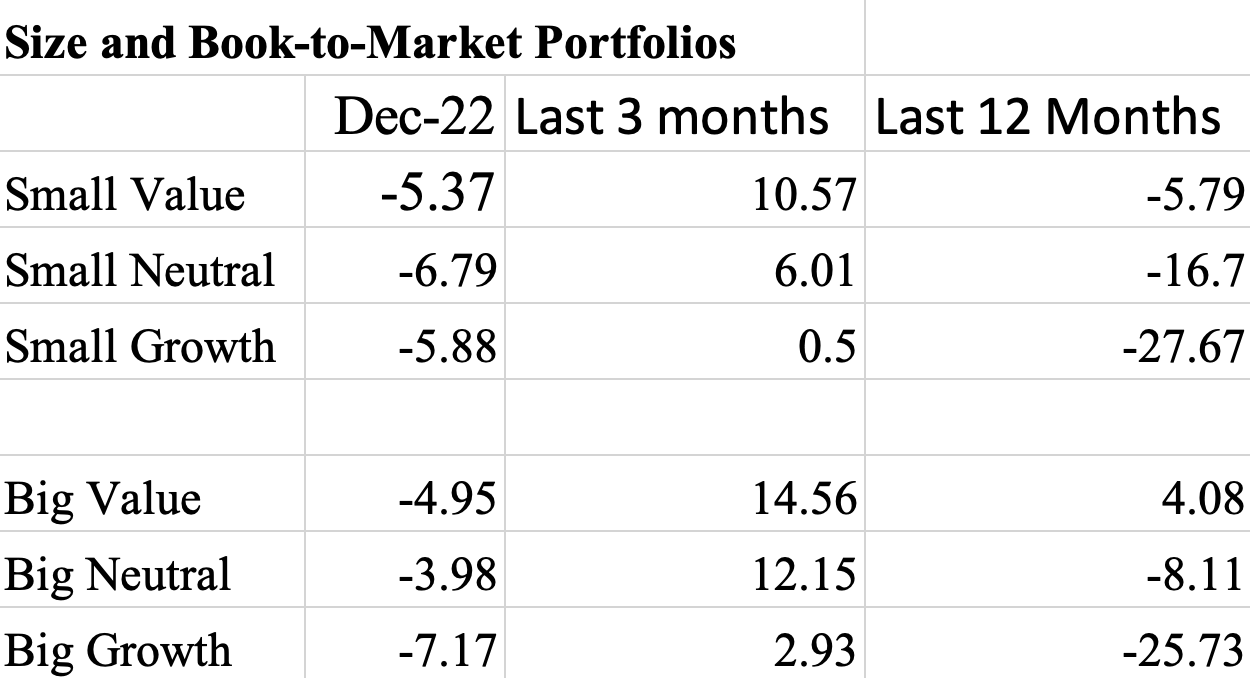How Dr Phil Hofflin separates the signals from the noise (and uses the value premium to supercharge returns)
The noise in today's markets is deafening. Hard landing or a soft landing? How will we know when we've landed at all? What's priced in and what isn't?
In an attempt to answer these questions, investors have been inundated by every indicator under the sun. And, admittedly, we report a lot of them to you here at Livewire. Guilty as charged.
It follows that the most important tool in any investor's toolbox is, ironically, the ability to know which tools are best placed to answer the questions listed above (and which tools aren't suited for the job). Only then can investors have any hope of parsing the signals from the noise.
In the latest episode of The Rules of Investing, I had the opportunity to sit down with Dr Philipp Hofflin, portfolio manager on the Australian equity team at Lazard Asset Management.
This wire looks at two of the key insights from the interview. First, the folly of aggregated earnings per share forecasts, and two, the one reason why value investing will have better portfolio returns than growth investing over the long run.
I warn you, it's dense subject matter, but so is today's market. Nothing worthwhile ever came easy, eh?
%20(1).png)
Don't use aggregate bottom-up earnings
Specifically, Hofflin believes aggregated bottom-up earnings forecasts overshoot. He illustrates this point with the following hypothetical:
- Say we've got an index that has exactly 10 stocks in it and they each earn $1, and they each grow their earnings by 10%;
- 1/10th of those stocks every year will have a disaster. And in that year, it earns absolutely zero;
- So in the first year, we've got nine stocks earning $1 and one earning zero;
- And then the bottom-up analysts get to work and say, well, what are these stocks going to earn next year?
- They quite correctly say that all 10 stocks will earn $1.10, which is the correct assumption 90% of the time.
At first glance, this all makes perfect sense. But there's a problem.
"When we add them all up, we conclude that we've got 10 stocks earning $1.10. So we've got $11 of aggregate earnings. There were nine, we know this year, so we are gonna have ~20% earnings growth."
There's a joker in the pack that wreaks havoc with this arithmetic. An antagonist of pure deception.
"The fact is we won't [have 20% earnings growth] because there'll be some other stock, one of the 10, we don't know which one, which will have the problem."
Aggregated earnings percentages are very different to aggregated returns; stocks are not created equal.
"It's an intriguing situation because for each individual's stock, the $1.10 is the best guess, it is the correct value to use, but there is something we are leaving out: we can't forecast which one of the 10. So that's why in aggregate we'll get the wrong number. And again, it's one of those rare situations where having more information gives you a worse outcome," Hofflin says.
Economists like to call this kind of situation a fallacy of composition, which is to say, what is true for a group of constituent parts isn't true for the whole.
"You do all the bottom-up detailed work and you add it up and you almost know it's gonna be wrong because there is an element you can't incorporate - the random fact that the future unfolds," says Hofflin.
There are two layers of "noise" here.
"There's the 20% that is the future unfolding, and on top of that, it's the 80%. That's noise. It's the exaggeration, it's the overreactions and so forth," Hofflin says.
Invest for value to achieve growth
At the portfolio level, value investing beats growth investing at its own game.
"Value portfolios win because they have better growth," Hofflin argues.
Don't believe him? It's not a subjective call.
Kenneth French, Roth Family Distinguished Professor of Finance at the Tuck School of Business at Dartmouth College, maintains a database that tracks model growth and value portfolios using data dating back to 1926.
Here's a snapshot of the recent performance between his modelled portfolios over 12 months to December 22, 2022.

"He does something really simple. Just classifies once a year, he goes out, takes all the S&P stocks, puts them in, sorts them by price to book, puts the lowest price to book 30% as the value category, the highest 30% as the growth category, and follows the performance for a year," says Hofflin.
Over that time, the value portfolio is now ahead by 3100% or 31 times. Importantly, it's 3% or so ahead of the growth portfolio.
So what explains the divergence in performance?
"Well, it could in principle come from two things, earnings or multiples," Hofflin says.
"The only way this could have possibly happened is for the earnings, for the value portfolio, to have grown dramatically more."
How do we explain that? It all has to do with the value premium, which provides the value investor with the opportunity to buy stocks that are undervalued on a pretty consistent basis.
Not convinced? Don't worry, Hofflin has you covered with another earnings hypothetical. Again, while it's a hypothetical, the logic is anything but.
"Let's say I'm a value manager and I've got a stock and it's done pretty well, it's up 15 times. And I say, you know what, I'm happy with this stock," he says.
"But it's 15 times, I think it's pretty fully valued over a stock on 10 times. Now, I take my money and I put it in the stock trading on 10 times. I have just grown my earnings by 50%.
"I've gone from a 15 times stock to a 10 times stock. So the earnings have gone by 50%."
The average company takes about eight years to do that. Hofflin just did it in two trades. Try doing that by investing in growth stocks.

Never miss an insight
Enjoy this wire? Hit the ‘like’ button to let us know. Stay up to date with content like this by hitting the ‘follow’ button below and you’ll be notified every time we post a wire.
Not already a Livewire member? Sign up today to get free access to investment ideas and strategies from Australia’s leading investors.
3 topics
1 fund mentioned
2 contributors mentioned

